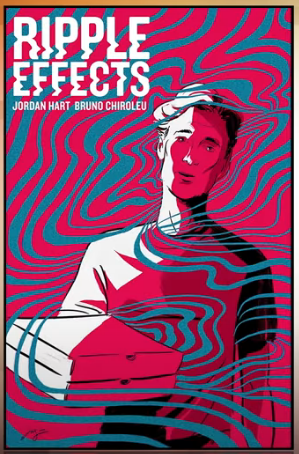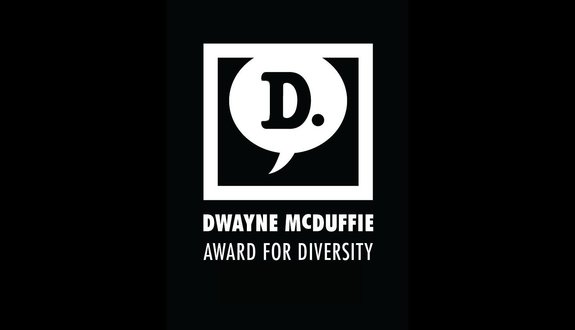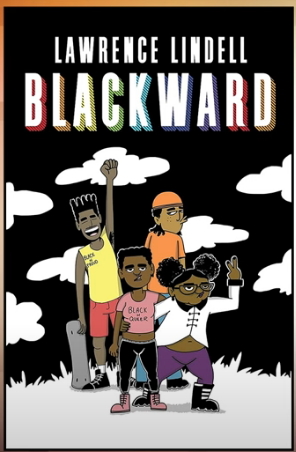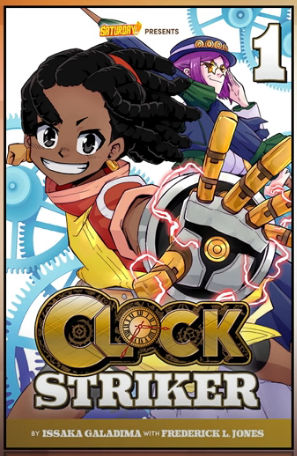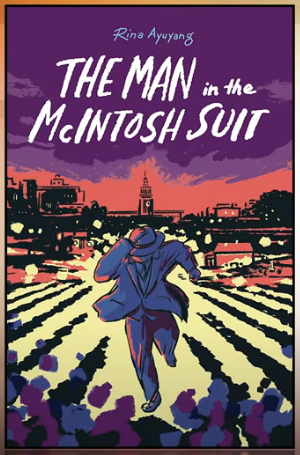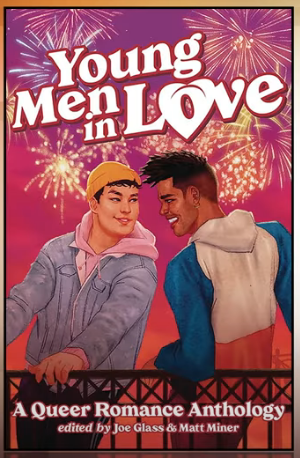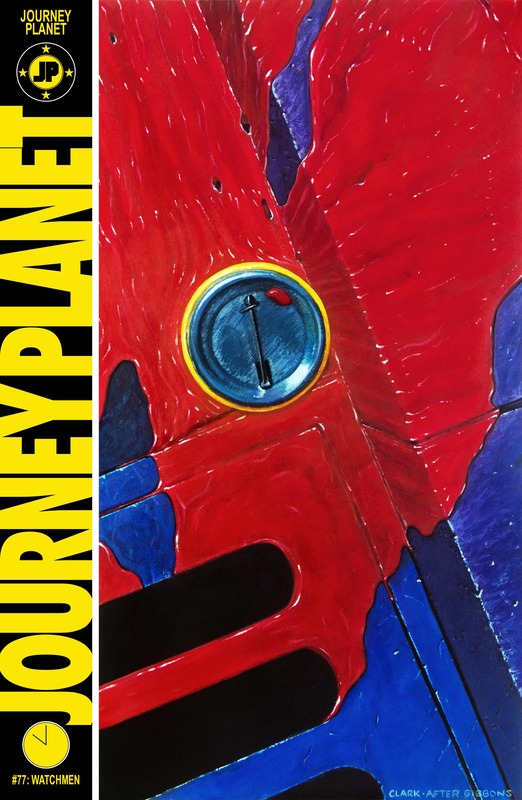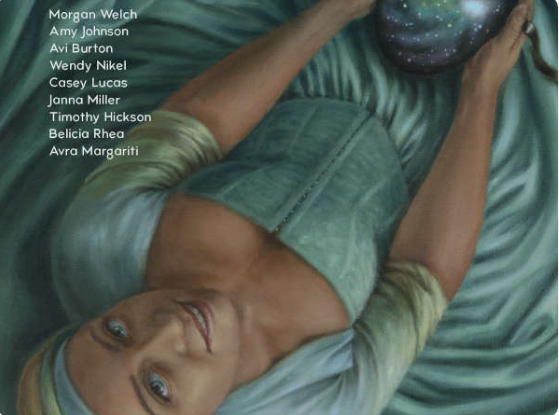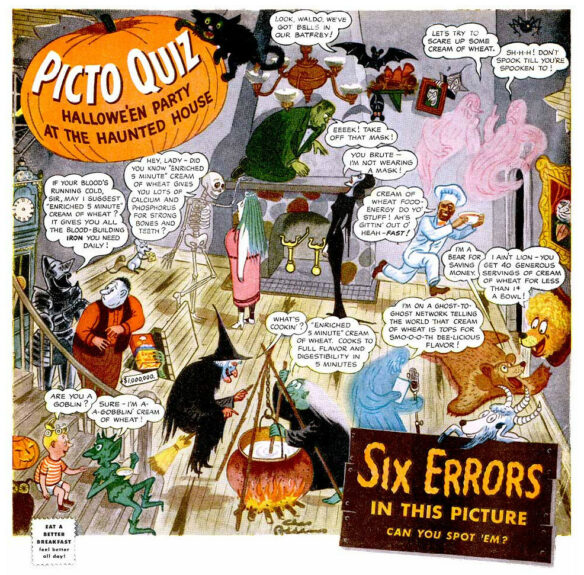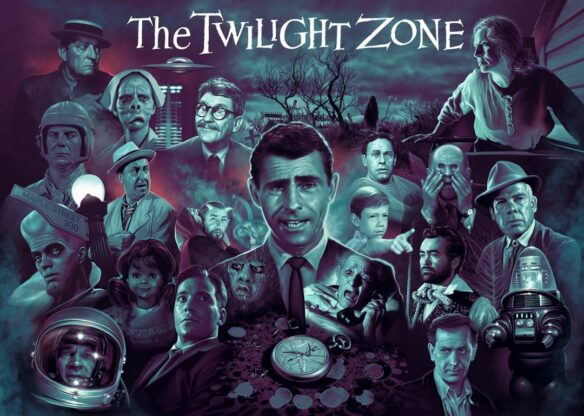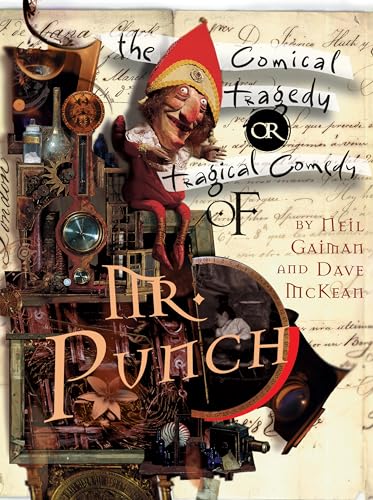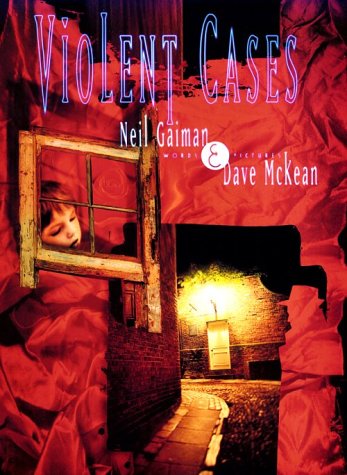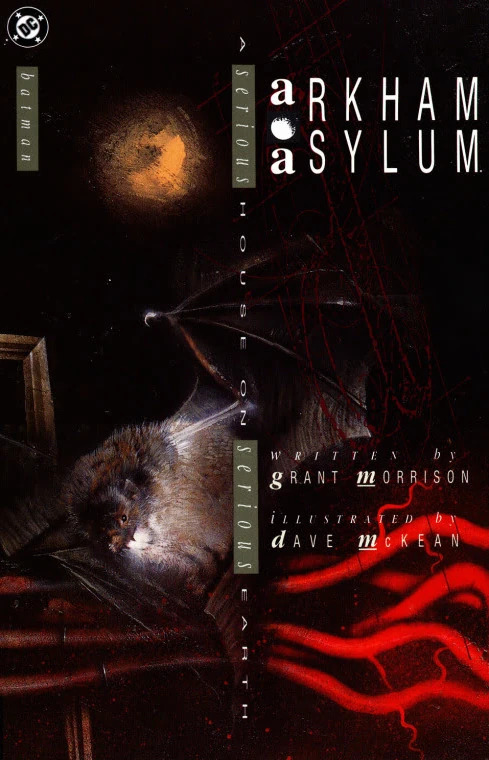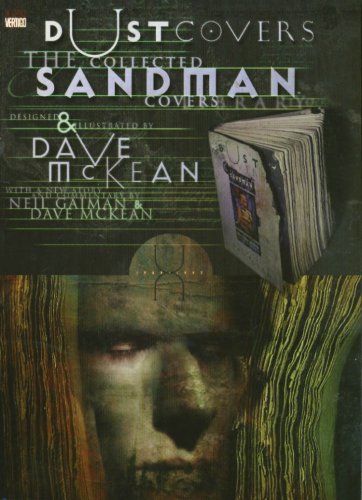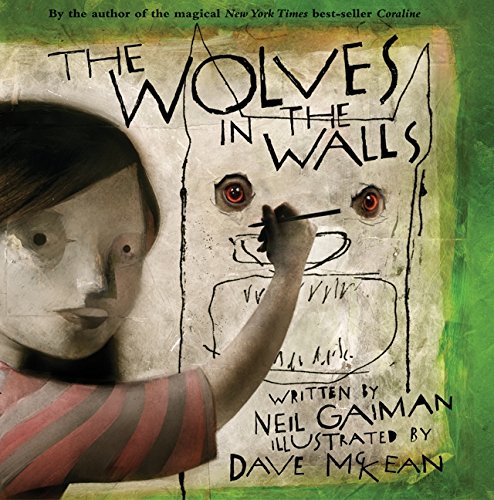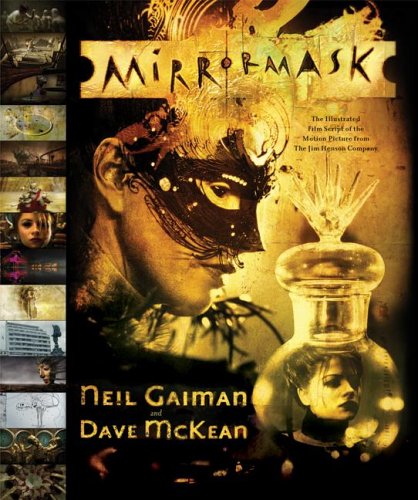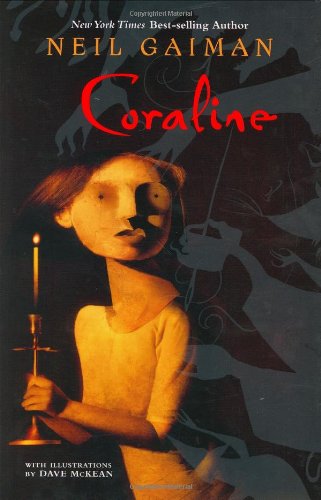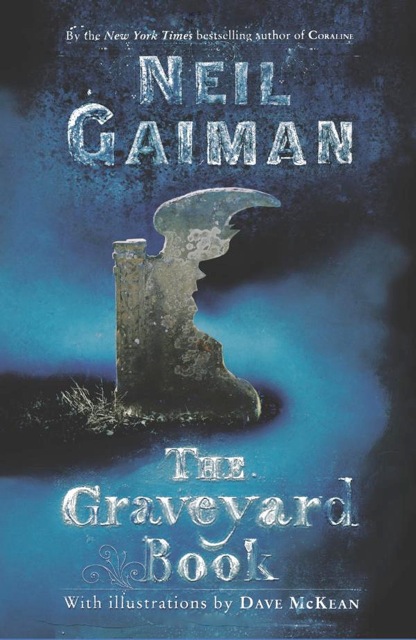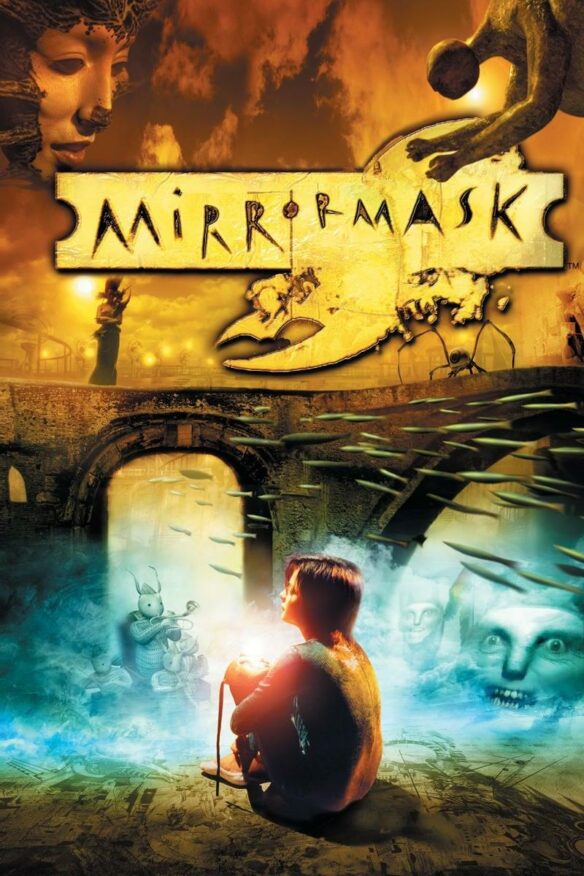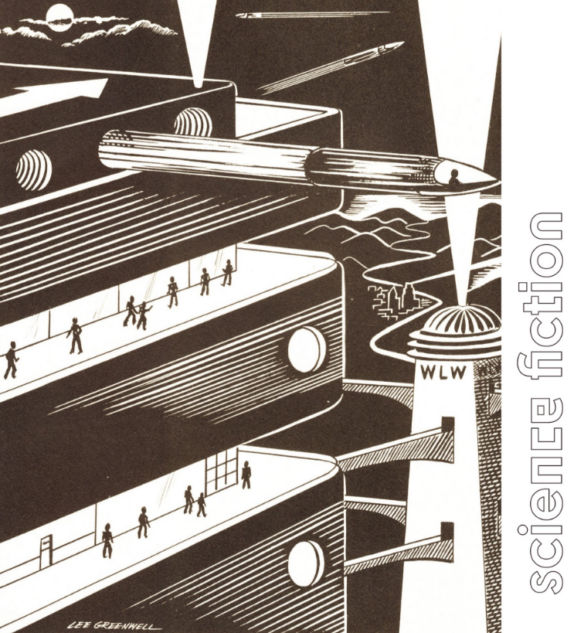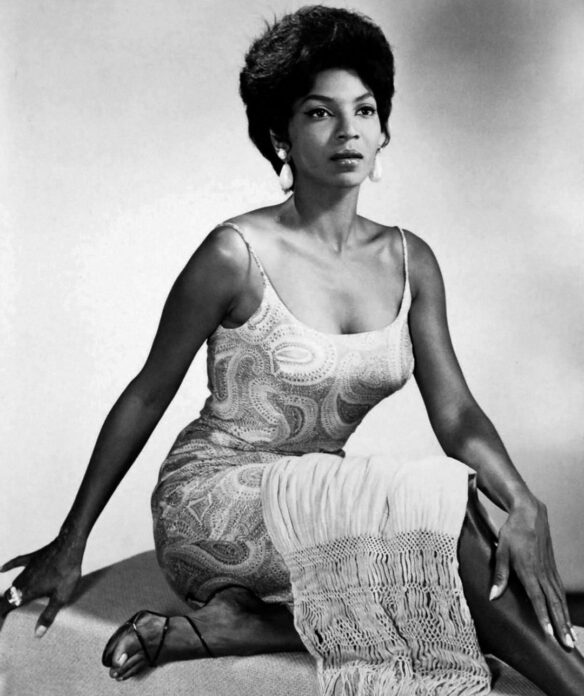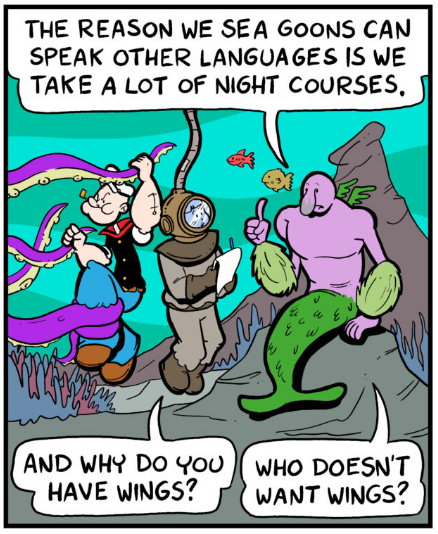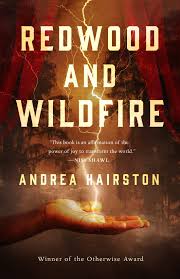(1) PARENTS OF THE YEAR. Cora Buhlert has posted a wonderful pair of articles explaining her selections for two annual awards she presents.
First: “The 2023 Darth Vader Parenthood Award for Outstandingly Horrible Fictional Parents”.
…The cartoonishly evil parents, meanwhile, show kids that no matter how bad their relationship with their parents may be, at least their parents are not Darth Vader and don’t blow up entire star systems. But these characters also serve another purpose, namely to show kids that they need not be defined by who their parents are. They can be different, they can be more. Luke Skywalker could grow up to become a Jedi knight, even though his biological father did his utmost to exterminate them. Adora could overcome a lifetime of gaslighting to become She-Ra, the heroine she was always meant to be. Particularly to kids growing up in less than ideal circumstances, these are very powerful messages….
The winner is:
Miro of the House of Niros, High King of Eternia
Some of you may now be asking, “Who?”, while others may be wondering “Why?” Like I said, this winner will probably be a little controversial….
For the reasons Cora gives I didn’t feel much was spoiled by naming the winner here. Because now you want to go and read the post just to find out who the heck that is.
However, when it comes to the winner of “The 2023 Jonathan and Martha Kent Fictional Parent of the Year Award”, I don’t want to steal any thunder from the presentation:
… As for why I felt the need to introduce a companion award, depictions of parenthood in popular culture have been undergoing a paradigm shift in the past few years with more positive portrayals of supportive and loving parents and fewer utterly terrible parents. Personally, I believe that this shift is a very good thing, because the reason that I started the Darth Vader Parenthood Award in the first place is because I was annoyed by all the terrible parents in pop culture. For while most real world parents may not be perfect, at least they do their best….
(2) HONOURS LIST 2024. The UK’s New Year Honours List 2024 includes a number of celebrities, a couple of them of genre interest. In the Guardian: “Glastonbury founder and TikTok organist make new year honours list”.
…The author Kate Mosse received a CBE, which she said was a recognition of the importance of the Women’s prize for fiction, of which she is a co-founder.
The novelist, 62, whose books have been translated into 38 languages and published in more than 40 countries, is best known for the Languedoc Trilogy – Labyrinth, Sepulchre and Citadel – and The Joubert Family Chronicles – The Burning Chambers, The City Of Tears and The Ghost Ship.
She has been made a CBE for services to literature, to women and to charity.
The Women’s prize for fiction is now one of the biggest literary prizes in the world. Mosse said everybody involved in it “deserves all the accolades they could have”, as she applauded the “group effort”.
She added: “Quite often those things do get overlooked, not deliberately, but just there isn’t a system for them.
“So it does feel that although obviously this is for me, it’s very much an acknowledgment of the importance of the Women’s prize, and that it matters that women support other women.”
Elsewhere in literature, the bestselling author Alexander McCall Smith was knighted. The creator of The No 1 Ladies’ Detective Agency series as well as the 44 Scotland Street novels has been given a knighthood for services to literature, academia and charity.
In film and television, the director and producer Sir Ridley Scott, whose works include Gladiator, Alien and Napoleon, is made a Knight Grand Cross, upgrading his previous knighthood, while Game Of Thrones actor Oliver Ford Davies has said he is “honoured” to be made an OBE. The performer, 84, best known for his Shakespearean stage work, found new fans as Maester Cressen in the HBO fantasy series and as Sio Bibble in the Star Wars prequel trilogy films released in 1999, 2002 and 2005. He has been recognised for services to drama….
(3) ABDICATING IN JANUARY. “Queen Margrethe II of Denmark to Step Down” reports the New York Times. And why is that story part of today’s Scroll? Keep reading.
…Much of the queen’s popularity has been tied to her personality and artistic streak. Even after she entered the line of succession at 13, she pursued her interest in art, earning a diploma in prehistoric archaeology at the University of Cambridge and studying at Aarhus University in Denmark, the Sorbonne and the London School of Economics.
She also produced her own artwork, including paintings shown in museums, decoupages — a type of cut-and-paste artwork — and drawings. (Her illustrations were adapted for a “Lord of the Ring” book under a pseudonym, Ingahild Grathmer; the book’s publisher approached her after she sent copies to J.R.R. Tolkien as fan mail in 1970.)
More recently, she served as the costume and production designer for “Ehrengard: The Art of Seduction,” a Netflix film adapting a fairy tale, that includes wardrobes and sets based on her drawings and other artworks. “I work when I can find the time,” she told The New York Times this past year, “and I seem usually to be able to find the time.”…
(4) WHO’S TO BLAME FOR BILLIONAIRES’ PET PROJECTS. Noah Smith offers a post “In defense of science fiction” at Noahpinion.
As everyone who reads this blog knows, I’m a big fan of science fiction (see my list of favorites from last week)! So when people start bashing the genre, I tend to leap to its defense. Except this time, the people doing the bashing are some serious heavyweights themselves — Charles Stross, the celebrated award-winning sci-fi author, and Tyler Austin Harper, a professor who studies science fiction for a living. Those are certainly not the kind of opponents one takes on lightly! (And I happen to like and respect both of them.)
So yes, I’m still going to leap to science fiction’s defense, but I’m going to do it very carefully….
… Instead of billionaires mistaking well-intentioned sci-fi authors’ intentions, Stross is alleging that the billionaires are getting Gernsback and Campbell’s intentions exactly right. His problem is simply that Gernsback and Campbell were kind of right-wing, at least by modern standards, and he’s worried that their sci-fi acted as propaganda for right-wing ideas.
This is a much simpler argument, but it’s also harder to evaluate. Where does the causality lie? Do right-wing billionaires arrive at their political convictions by reading right-wing sci-fi? Or do they simply prefer literature that’s aligned with their existing values? This is really hard to know. For what it’s worth, my impulse says it’s the latter — there’s such an ideological and stylistic diversity of sci-fi out there in the world that anyone who reads it widely will encounter a very wide range of political viewpoints. For every Robert Heinlein there’s an Ursula K. LeGuin, for every Vernor Vinge there’s an Iain M. Banks. Heck, there’s even a Charles Stross….
(5) SPUFFORD ON ‘THE BOOKS OF MY LIFE’. [Item by Steven French.] “Francis Spufford: ‘It was the sorrow of my life at age 10 that there wasn’t one more Narnia book to read’” he tells the Guardian. Spufford is a prize-winning non-fiction and fiction author who gives several shout-outs to SFF works here.
(Regarding the “one more Narnia book”, according to Wikipedia, “In March 2019, it was reported that Spufford had written an unofficial novel, The Stone Table, set in the universe of C. S. Lewis’s Narnia series. This takes place during a gap in fictional fiction between The Magician’s Nephew and The Lion, the Witch and the Wardrobe. Spufford distributed self-printed copies to friends. The novel was praised as a ‘seamless recreation of Lewis’s writing-style’. The author hoped to obtain permission from the C. S. Lewis estate to publish it commercially. In the absence of permission, the earliest publication date would be 2034, seventy years after Lewis’s death, when the copyright on the original books will expire in the UK.”)
My earliest reading memory
Tolkien’s The Hobbit, read around the time of my sixth birthday, when I was home from school with mumps. It turned me from a painstaking decoder of printed letters into someone flying through a new medium. Books have been portals for me ever since. Many other things too, but portals first.My favourite book growing up
CS Lewis’s Narnia books. It was the sorrow of my life at the age of 10 that there wasn’t one more of them to read. A few years ago I found myself in a position to do something about that, at least for myself, but (cough) I am under legal obligations not to talk about it.The book that changed me as a teenager
The Left Hand of Darkness by Ursula K Le Guin, which did things I didn’t know were allowed with gender and with the shape of story, and showed me that an imagined setting, a built world, could ring as true narratively as anything observed in the rooms or the streets of this world.
(6) TODAY’S BIRTHDAY.
[Written by Cat Eldridge.]
Born December 31, 1949 — Ellen Datlow, 74. I first encountered her stellar editing when I picked up the first volume of what would Year’s Best Fantasy and Horror but was then just Year’s Best Fantasy, then edited by both her and Terri Windling (who with volume two explicitly took over the the horror selection.) (From the sixteenth volume to the last one, the twenty-second, Windling was replaced by Kelly Link and Gavin Grant.) Any volume has enough excellent fiction for many evening of great reading.
(The packager for these told me in an email conversation that there were discussions about bring these out as epubs. Unfortunately as those rights weren’t incorporated in the original contracts with the authors, that wasn’t possible.)
Not surprisingly, the series picked up multiple World Fantasy Awards. And a Stoker as well.
Speaking of Awards, let’s do this now. Ellen Datlow has won the Hugo for Best Professional Editor twice, and the Hugo for Best Editor – Short Form six times. Her editing work has garnered five Bram Stoker Awards, two International Horror Guild Awards for Best Anthology, three Shirley Jackson Awards for Best Anthology, as well as ten World Fantasy Awards. She was named recipient of the Karl Edward Wagner Award, given at the British Fantasy Convention, for “outstanding contribution to the genre”. And she has received the Lifetime Achievement Award by the Horror Writers Association. I’m very, very impressed.
Now back to her actual editing work. So what else should we be looking at? Well everything she’s edited is top notch but that goes with saying, so let’s narrow down just a bit by dealing with what I like the best.
Thirty years ago, she and Terri Windling (no surprise who her co-editor was) started out their Fairy Tale anthologies which I’m going to list all of their titles here because I adore them — Snow White, Blood Red, Black Thorn, White Rose, Ruby Slippers, Golden Tears, Black Swan, White Raven, Silver Birch, Blood Moon and Black Heart, Ivory Bones. As always their choices in stories are exquisite.
Next for me in terms of how great they are is the Mythic Fiction anthologies, again edited with Windling. There’s four and I’ll single out The Green Man: Tales from the Mythic Forest and The Coyote Road as the ones I like the best.
Ok, so there’s one-offs of which she’s done at least three dozen to date. My absolute favorite? Another one she edited with Windling — Salon Fantastique: Fifteen Original Tales of Fantasy. No theme, just great stories. Haunted Legends edited with Nick Mamatas is themed obviously and you can tell that theme; it is deliciously scary, and the Hauntings anthology which edited by no one but herself is darker and has more of a bite to it.
Supernatural Noir, another one of her solo efforts, is worth reading just for Caitlín R. Kiernan’s “The Maltese Unicorn”. Seriously it is.
She’s knee deep in the blood associated with editing, sorry I couldn’t resist, her ongoing The Best Horror of The Year anthology series, now fourteen volumes long. And if you want to see what she thinks is interesting for genre books, she does that over at Cemetery Dance in The Last Ten Books I’ve Read column, the last being the March issue of this year as that publication isn’t known for its regular date of coming out. Ever.
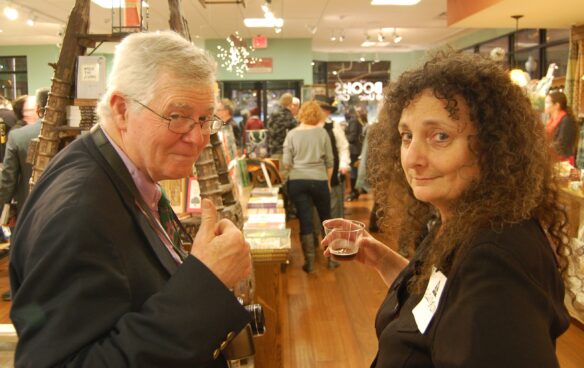
(7) COMICS SECTION.
- Eek! covers all the monsters’ New Year’s Resolutions.
(8) TOPICS IN ANIME. A new episode of Anime Explorations has dropped just in time to wrap up the year:: “Anime Explorations Podcast: Episode 15: Anime Music Videos & Arcadia of My Youth”.
This month we memorialize Leiji Matsumoto and the creator of the Anime Music Video (not necessarily in that order).
We also talked about the Macross II Kickstarter,
(9) VIDEO OF THE DAY. Mr. Sci-Fi – Marc Scott Zicree – joins a tour of Hollywood sff props in “Space Command Coolest Props Ever!!!”
[Thanks to SF Concatenation’s Jonathan Cowie, Steven French, Mike Kennedy, Michael Burianyk, Alexander Case, Andrew Porter, John King Tarpinian, Chris Barkley, Cat Eldridge for some of these stories. Title credit belongs to File 770 contributing editor of the day Jan Vaněk Jr.]

